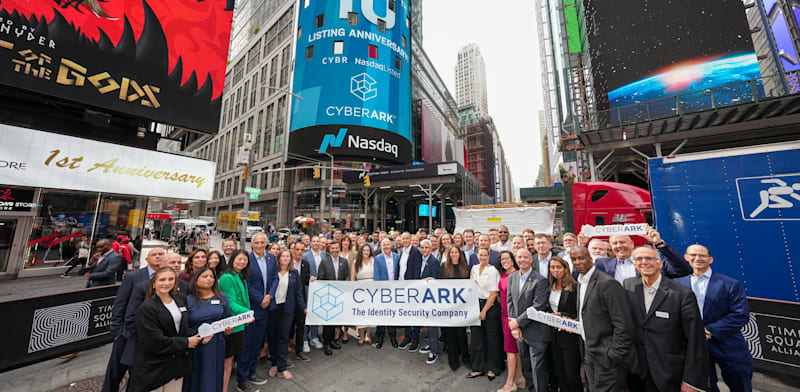Highlights:
The adoption paradox — While 67% of corporate tax departments aren’t using GenAI yet, 57% implementing new technologies plan to include it, revealing cautious optimism amid resource constraints.
Resource strain driving hesitation — With 58% of tax departments under-resourced (up from 51% last year), teams struggle to find time for technology experimentation while spending over half their time on reactive compliance tasks.
Early adopters see strategic benefits — Departments already using GenAI report tangible advantages for research and strategic work, helping them move toward spending two-thirds of time on proactive analysis rather than routine compliance.
Confidence correlates with resources — Well-resourced departments significantly outperform under-resourced ones: 43% vs. 26% confidence in timely forecasting, and 37% vs. 24% confidence in avoiding penalties.
Generative artificial intelligence (GenAI) has dominated business headlines for the past two years, promising to revolutionize everything from customer service to financial analysis. Yet when it comes to corporate tax departments, a striking gap exists between the hype and reality.
According to the Thomson Reuters Institute’s 2025 State of the Corporate Tax Department report , two-thirds (67%) of tax departments are not using GenAI, at least not yet. At the same time, among departments implementing new technologies, 57% say their plans include GenAI. This paradox reveals both the cautious optimism and practical challenges facing tax leaders.
Why tax departments are holding back
Most respondents (70%) say their companies are still navigating the leap from reactive to proactive stages of technological development. Many departments are migrating from legacy systems to centralized enterprise resource planning systems —a massive undertaking that consumes both budget and attention.
This year, 58% of survey respondents say their departments are under-resourced, a seven-percentage-point jump from just 51% last year. When teams are stretched thin managing compliance deadlines, finding time to experiment with new technology becomes nearly impossible. Tax professionals report spending more than half their time on reactive work, mostly around compliance.
When asked about their top priorities for the next 18 months, respondents rated digital transformation, artificial intelligence (AI) implementation, and ERP systems upgrades near the bottom. This suggests that many companies have already committed to technological transformation and are now grappling with infrastructure rebuilding and workforce retraining.
What early AI adopters in tax departments are discovering
For the one-third of tax departments already using GenAI, the technology is delivering tangible benefits. Current usage involves common tasks such as conducting research and assisting with communication and collaboration. Tax professionals say they are using GenAI more for proactive and strategic work than for daily tactical or reactive work, but not by a significant margin.
Adoption of GenAI in corporate tax appears to be worldwide and multilingual. For multinational companies managing tax obligations across multiple jurisdictions, this offers significant advantages. Tax professionals would prefer to spend about two-thirds of their work time on strategic and proactive analysis. GenAI is helping early adopters move closer to this ideal balance by automating time-consuming tasks.
The accessibility advantage
GenAI may be one of the first groundbreaking technologies to evolve that is accessible to almost everyone without the need for significant monetary investment. This creates a unique opportunity for smaller companies with limited budgets.
The highest percentage of respondents reporting that their companies are at the proactive stage of their technological development are those from smaller companies (those with less than $50 million in revenue) at 25% and from the largest companies (those with more than $5 billion in revenue), at 27%. These smaller companies are more likely than all but their largest counterparts to get buy-in from senior management for technology purchases and to work with third-party vendors to help automate their tax processes.
The confidence gap and resource connection
The data shows a clear connection between resources, technology adoption, and departmental confidence. Only 26% of respondents from under-resourced tax departments say it is very likely that they could provide timely and accurate forecasting for the business, while 43% of respondents from departments seen as sufficiently resourced say they could.
Only about one-quarter (24%) of respondents who say their department is under-resourced say they are very likely to avoid incurring penalties in the coming year, whereas 37% of respondents from adequately resourced departments say they are confident they could avoid penalties.
The data also shows tangible benefits of shifting toward proactive work. Only 31% of respondents who dedicated more than half of their time to proactive work say their departments incurred penalties, whereas 56% of respondents who spend more than half their time in reactive mode say their departments faced penalties.
Looking beyond GenAI in tax departments
Of those respondents at departments that are implementing new technologies, 57% say their new technology would include GenAI, and 36% referenced machine learning. Interestingly, 17% say their department plans to explore more advanced AI-driven technologies such as agentic AI—systems that can take autonomous actions to achieve specific goals.
Budget realities
More than half (52%) of survey respondents say their in-house tax departments expect at least some additional budget to invest in new technology tools and capabilities over the next couple of years. In most departments, less than 20% of a tax department’s total budget is spent on tax technologies and software, with the average spend being about 15.4%.
Roughly half of respondents say their tax departments are actively planning to introduce new technology or automation into their workflows soon, especially technologies that are supported by machine learning and GenAI.
International adoption patterns
Tax departments in companies located outside the United States are more than twice as likely to be operating at the highest levels (optimized and predictive) of the technology adoption scale as those within the U.S. The European Union’s aggressive push to digitize all forms of corporate taxation has prompted companies operating there to adopt digital tax technologies much faster.
The path forward for corporate tax departments
With 38% of respondents saying their tax departments intend to hire more qualified tax professionals over the next year or two (up from 32% in 2024), and with qualified tax talent remaining in short supply, technology becomes an even more critical lever for performance. However, 59% say they lack confidence in their department’s ability to sufficiently upgrade their tax technology and automation over the next two years.
Over time, the true value of GenAI will be measured in time saved on repetitive, time-consuming tasks, allowing users to have more time and attention for more complex activities that require human judgment and expertise. Corporate tax professionals are currently experimenting with the technology to find out where it can help them and where it can’t.
The question for tax leaders is whether they’ll be among the early adopters who shape how GenAI transforms their function—or among the latecomers struggling to catch up.
Ready to explore how your tax department compares? Download the complete 2025 State of the Corporate Tax Department report to access detailed benchmarking data on technology adoption, staffing strategies, and resource allocation across 288 tax departments worldwide.

























